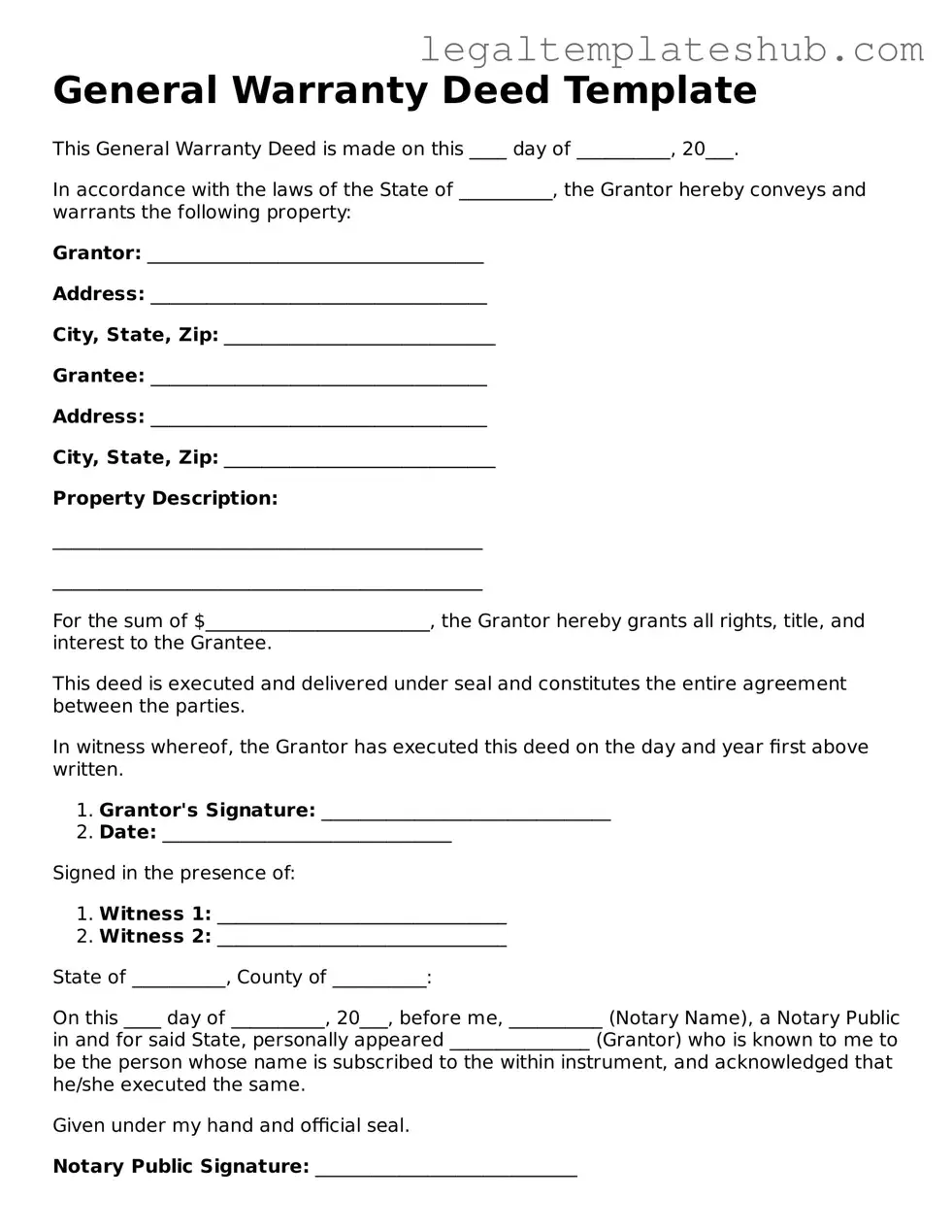Printable Deed Template
A deed form is a legal document that facilitates the transfer of property ownership from one party to another. It serves as a formal record, ensuring that the transaction is recognized by law. Understanding how to properly fill out a deed form is essential for anyone looking to buy or sell real estate.
To begin your property transfer process, click the button below to fill out the deed form.
Access Editor
